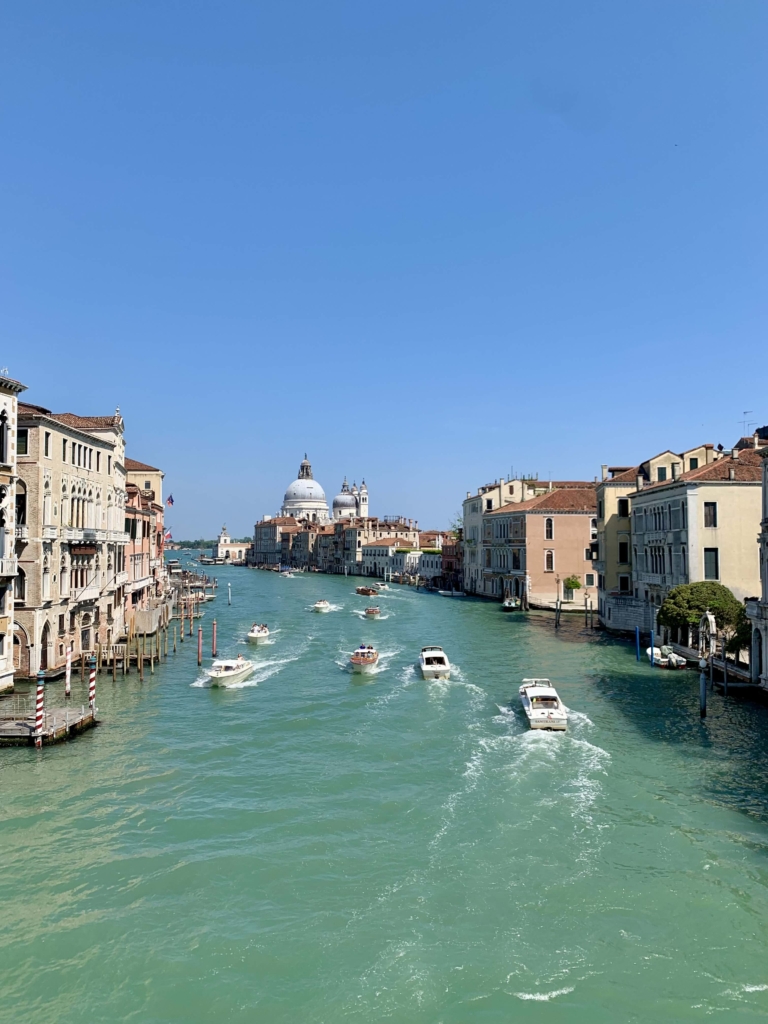When I talk to friends or fellow travelers about Venice, I tend to get these two extremes. There is either love or disdain for this city that seemingly has such a powerful hold on our imagination and creates great expectations. For even the least travelled person knows it and has an impression of what it is before ever seeing it.
If I tell you that I am in the camp of Romance and dreams, then I must admit my bias: I have been to Venice 4 times and was married here in 2016. And I expect I’ll visit at least 6 more times in my life. That’s how much I love this city.
Here is what I can tell you: the people that day trip to Venice are more likely to see it in a negative light. Indeed, it does come off a bit poorly if you only have 5 to 8 hours to spend here. For if you arrive by train at St. Lucia, there is a massive herd of people that trudge along the main thoroughfare from the station to St Mark’s Basilica. On either side of you, trinket shops and mediocre restaurants catering to the “time-optimizing” pilgrims abound and many restaurants serve pizza of lesser quality than the Domino’s chain in North America.
And when St Mark’s square is finally achieved, you haven’t escaped the great sea of people, they have merely been redistributed and spread out to every corner of the great “drawing room of Europe,” as Napoleon supposedly called it. No drawing room has ever been busier; that’s for certain.
This is one side of the decaying city – and it’s easy to write the place off. You can read how locals are all fleeing and understand why – the population of the main island city has declined to less than 50,000 residents from 175,000 in the 1950s. However, there are more than 20 million visitors to Venice every year: this is the city as a mega-tourist Disneyland. And though some, even under these circumstances, are able to capture the essence of Venice, it’s more challenging when you’re shoulder-to-shoulder with other visitors.
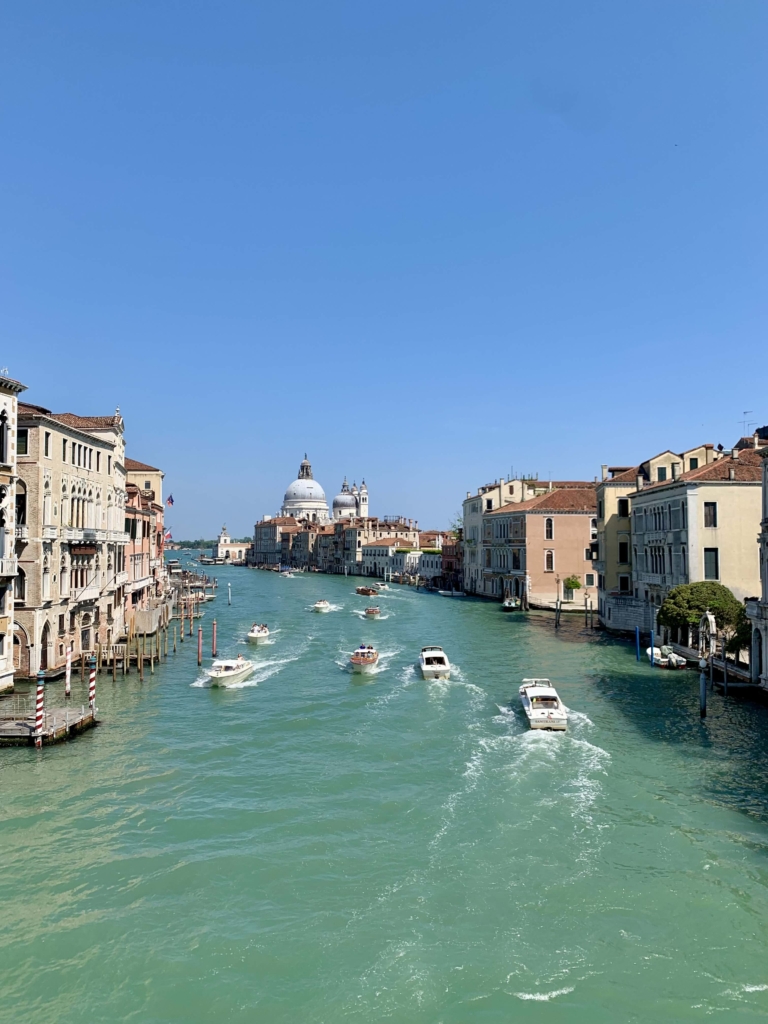
Thus, I implore you to consider a longer stay. Three nights at least – please! This is how you will be able to experience the romance and the beauty of this truly unique and timeless city.
Accommodation is often not cheap in peak season, but given the abundance of Hotel Apps, some rooms can always be found at reasonable prices. And as long as you are on the island proper (not Venice Mestre – which is on the mainland), everything is walkable. In fact, Venice is made for walking, for getting lost, and for discovering alleys, bridges, churches, canals, and mysterious little courtyards. For some destinations, the affordable and reasonably convenient water buses (vaporetto) can fill in logistical gaps.
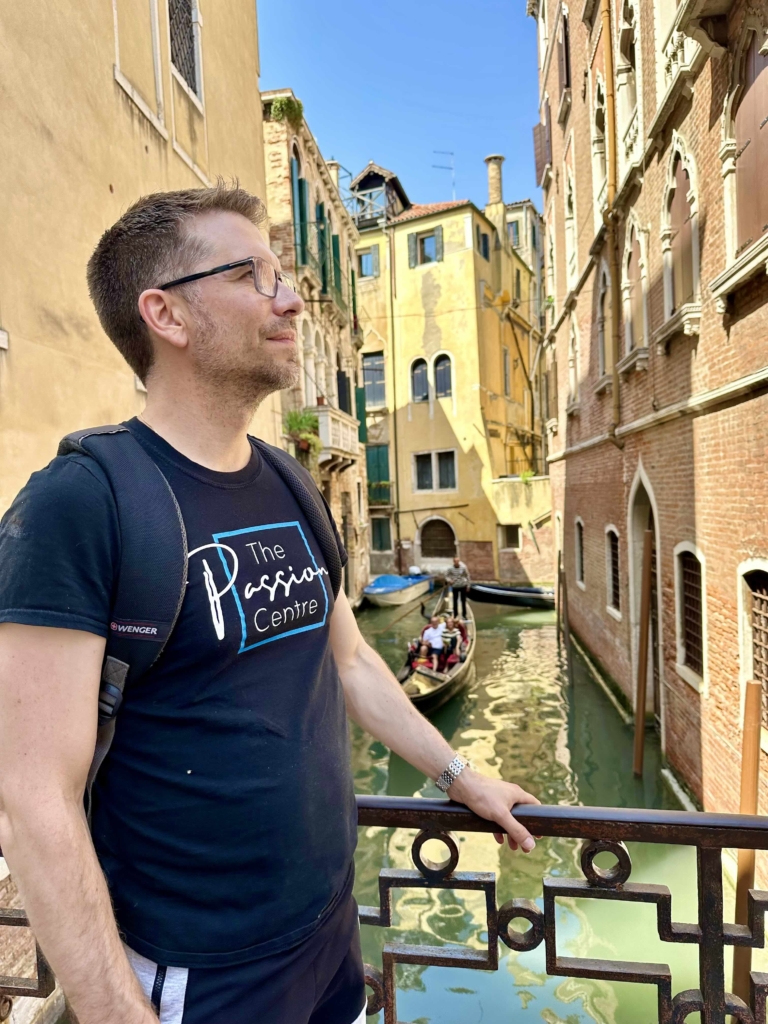
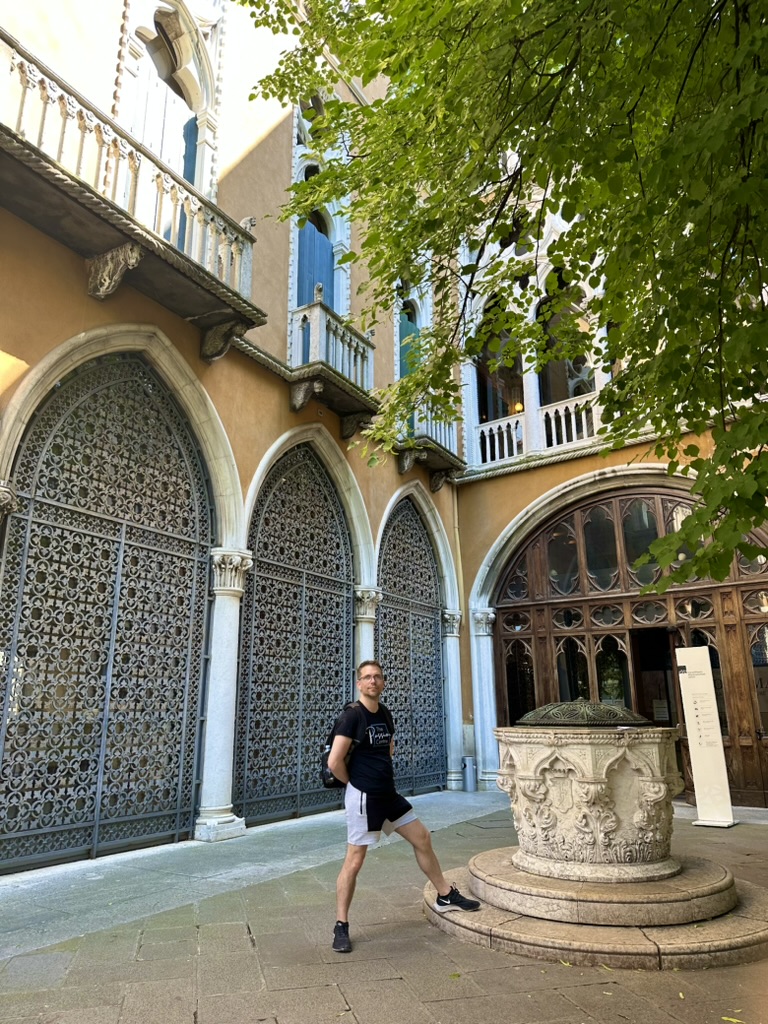
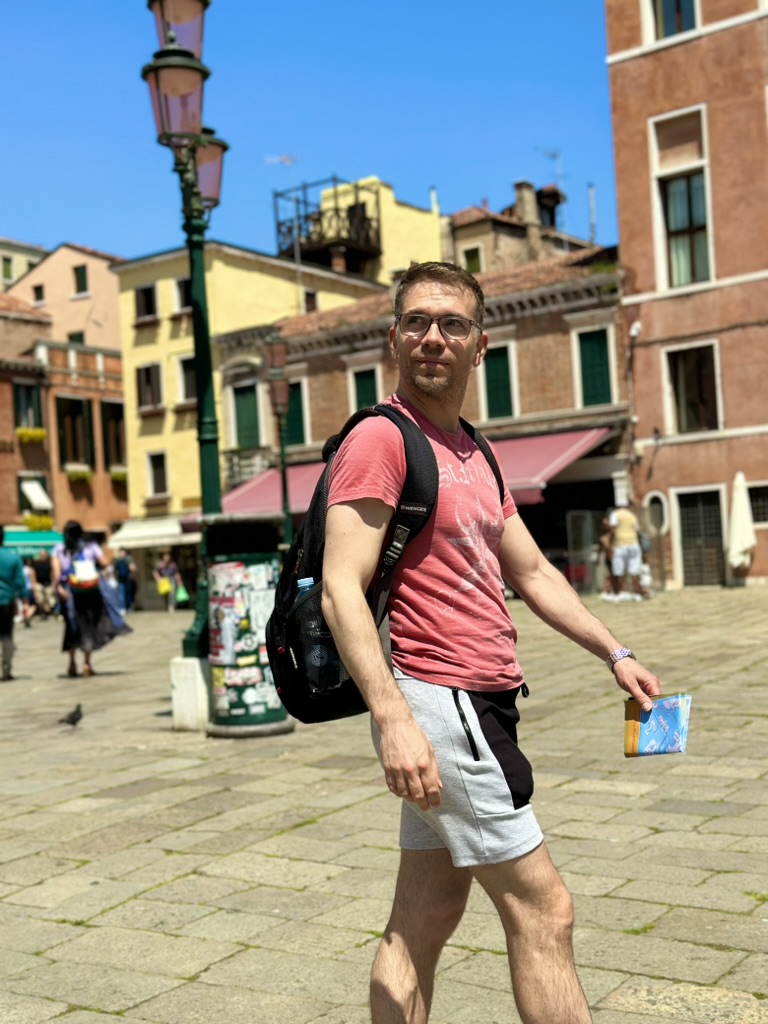

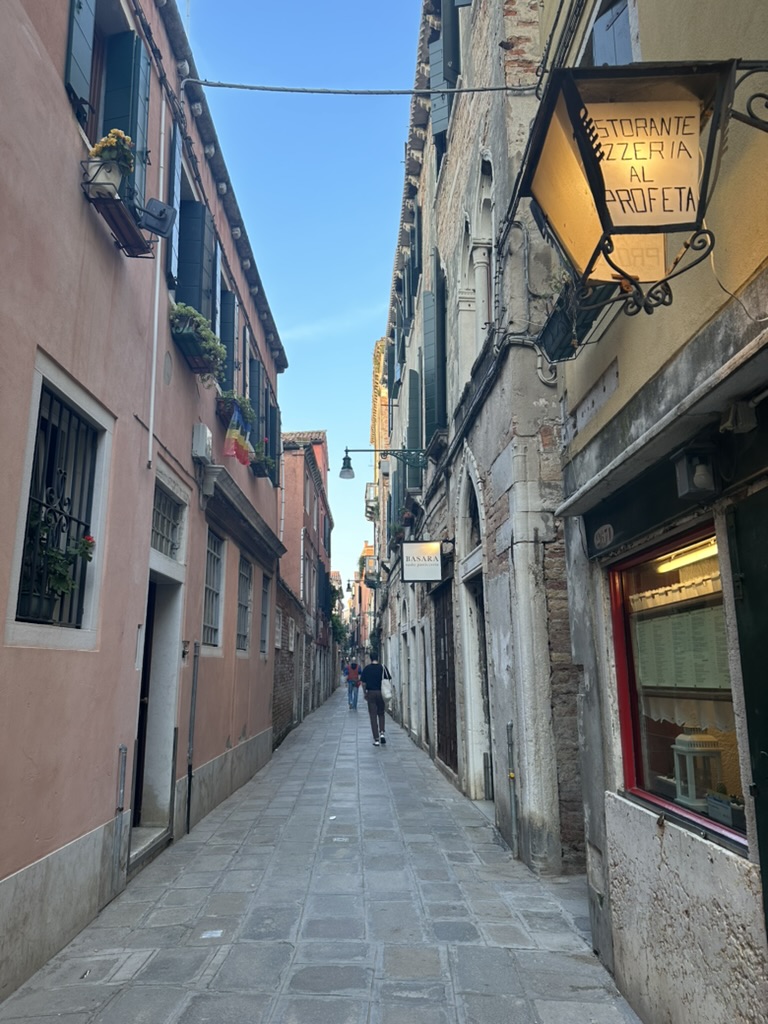
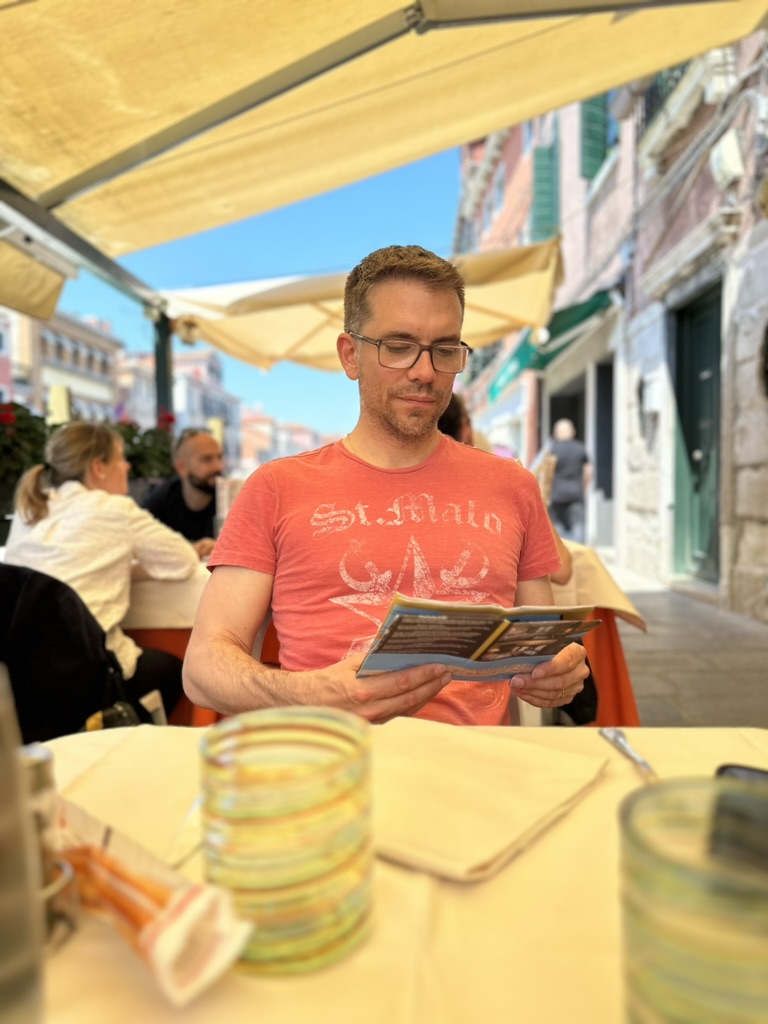
Only when you stay in the city are you able to see Venice after dark. To be sure, it’s still busy, but the congestion has weened away and there is more freedom to stroll, stop and wonder without being trampled upon by a stampede behind you. And because time is now not a determinant in what you do or see, you have freedom to explore the various neighbourhoods (called sestiere). Each of these areas offers some wonderful strolls, but my favourites for staying in, and nightlife, are the Cannaregio and Dorsoduro sestiere.
You’ll sit at some of the wonderful canalside restaurants and bars at dusk while lights shimmer on the water. And you will wander over a thousand bridges and down countless dark alleys and through courtyards, not really knowing where you’re going or whether your path will lead you to a dead end, but it won’t matter. Because Venice is just over seven square kilometers and surrounded by water: you might be lost, but you’ll only ever be so far from where you want to be. In that sense, your “lostness” is contained. The city is also quite safe – the biggest concern you should have is how to get back to your hotel/guest house after you embark down a warren of alleys. And most special about these nighttime adventures, is that depending on the area you are in, you can be entirely alone without running into anyone.
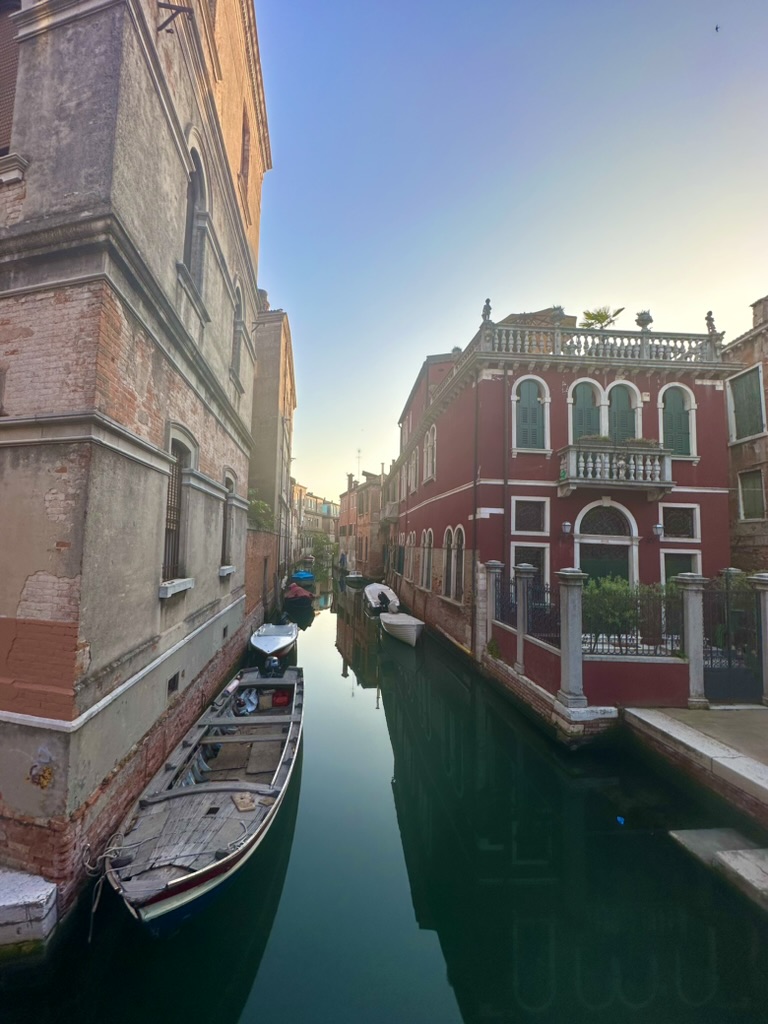
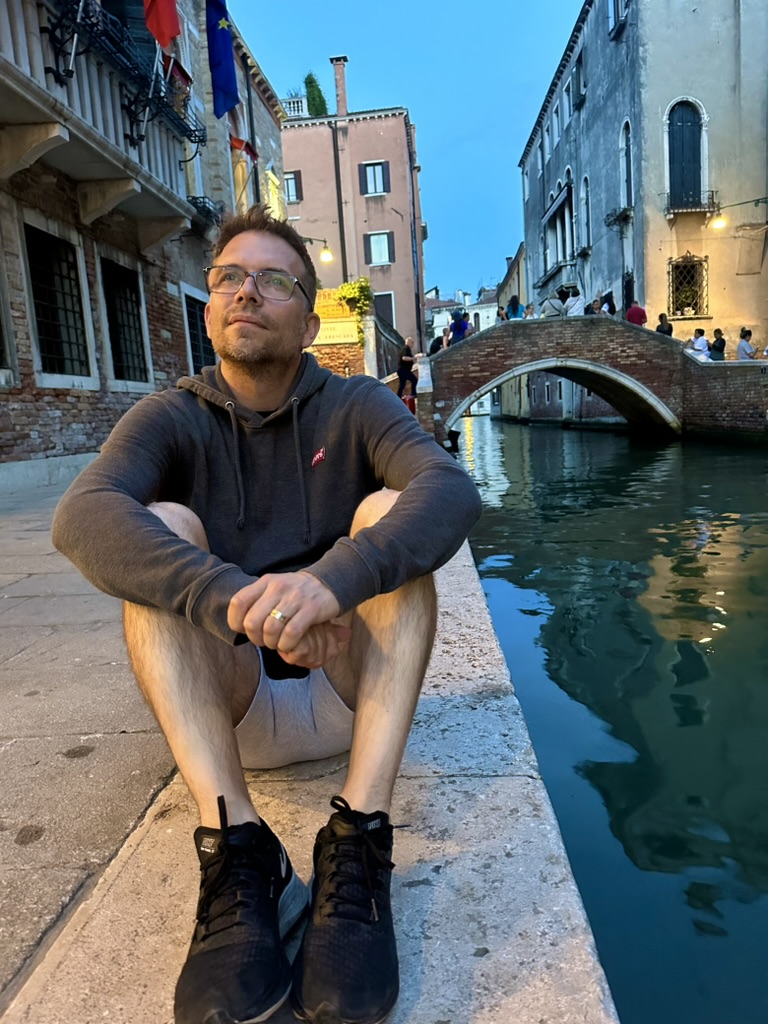
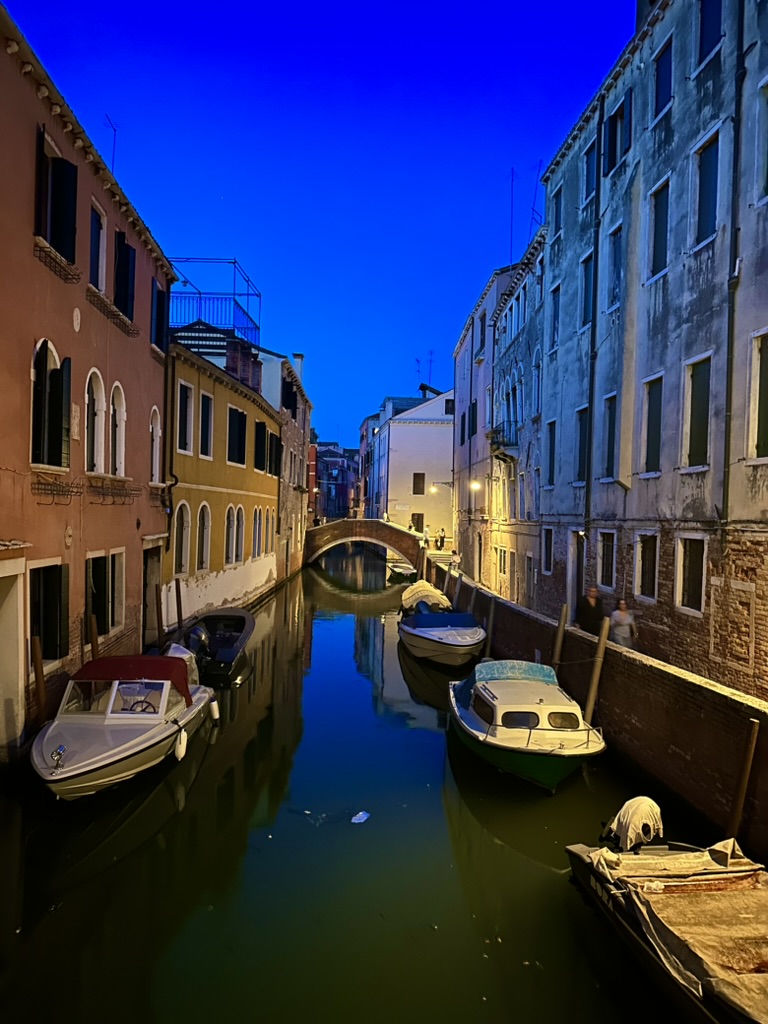
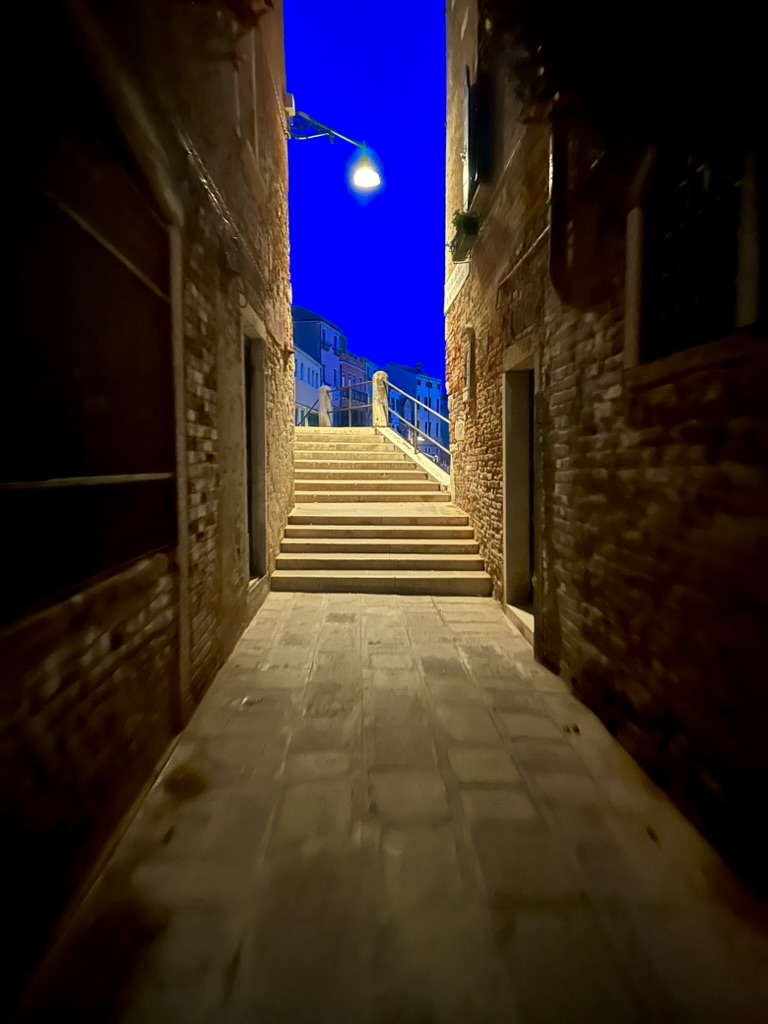

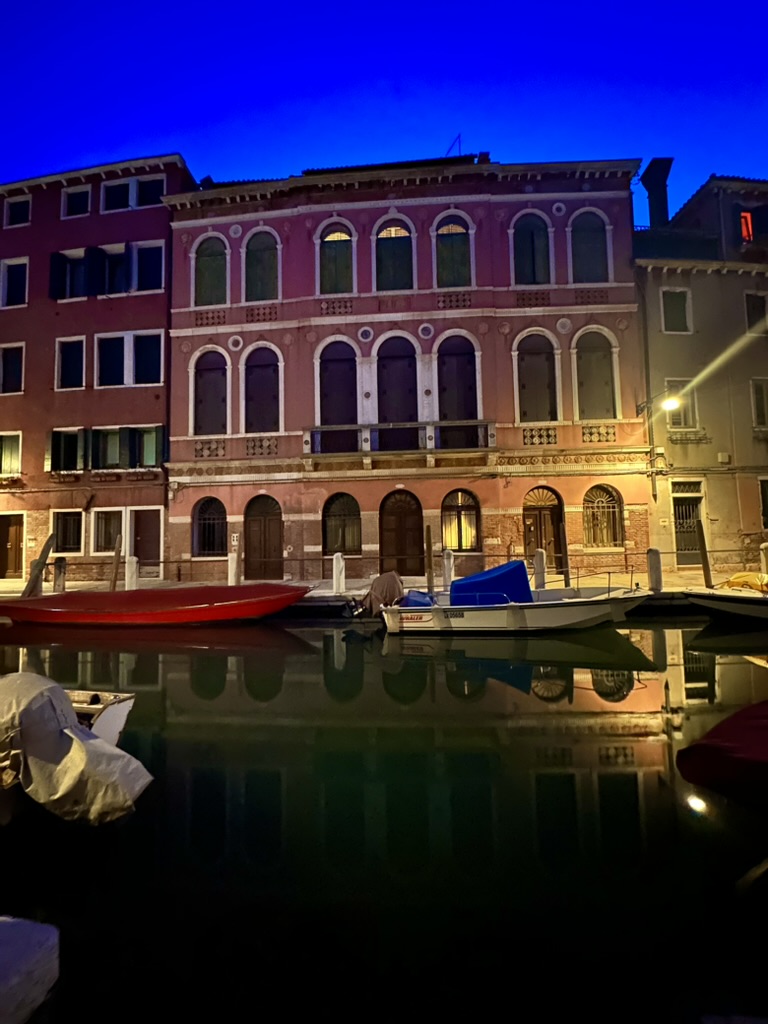
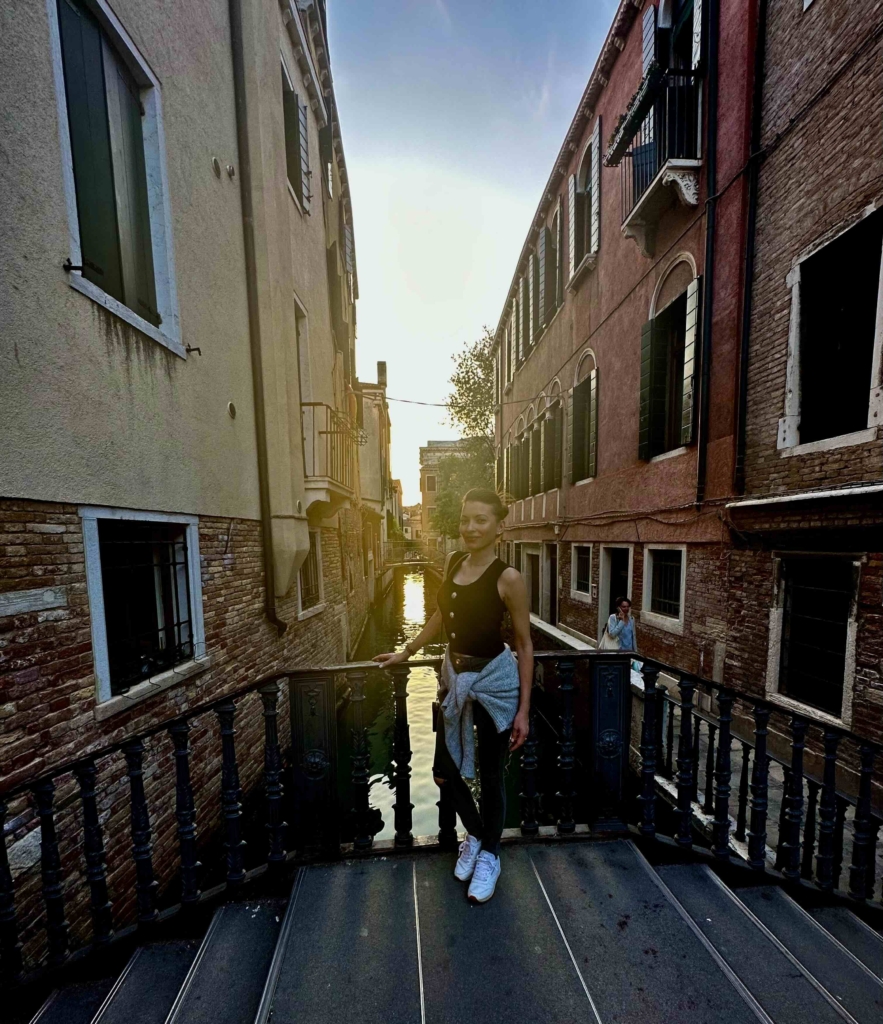
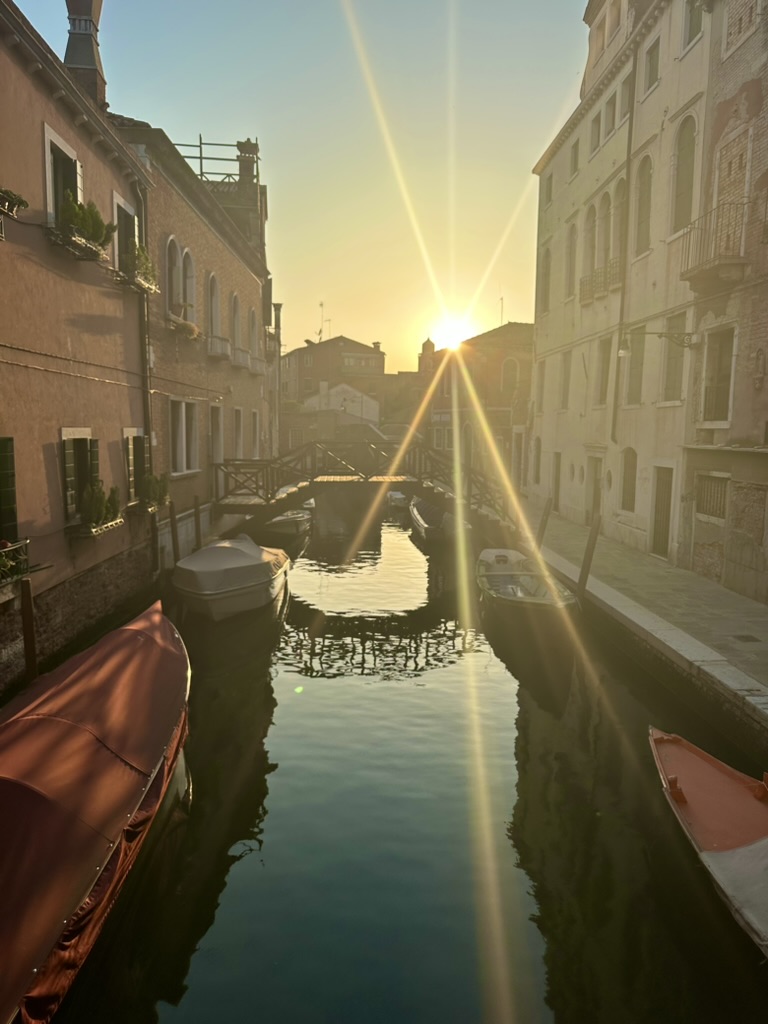
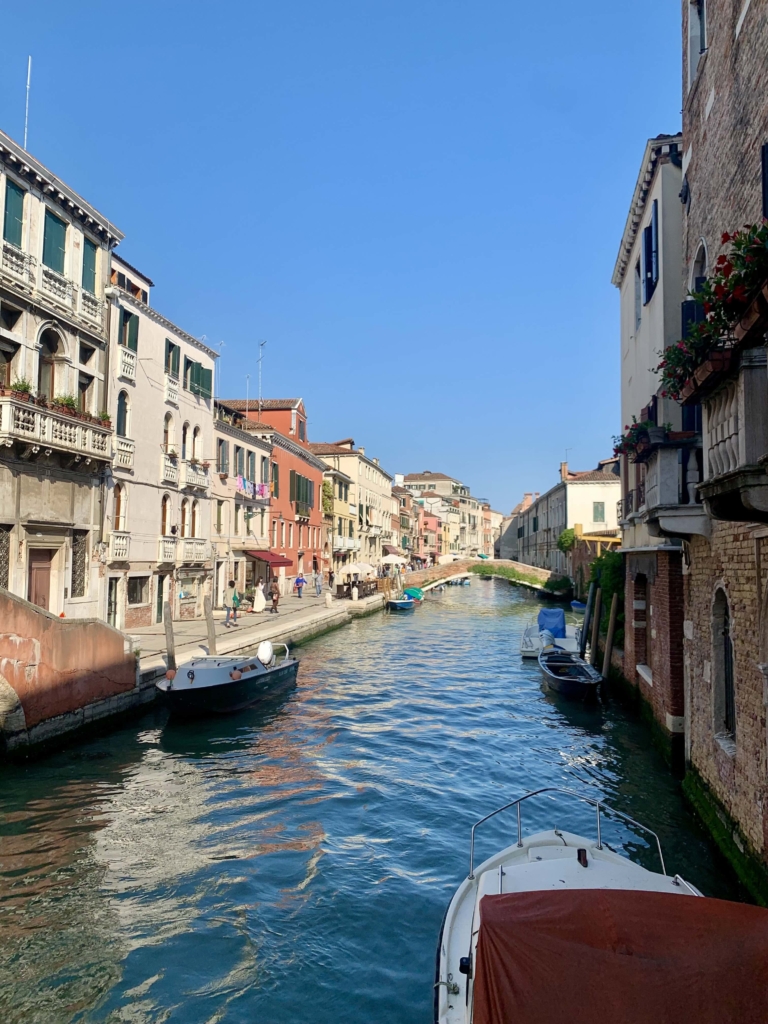
Early mornings in Venice are exquisite, especially if you can muster a sunrise wakeup. Everything is still quiet, save for a few souls looking to capture the same peaceful calm before the shops open and the day trippers arrive. This is the time to catch a great view of St Mark’s square before the crowds. Try to get into the famous St. Mark’s Basilica as soon as it opens to have a more relaxed experience. It is from the 11th century and shows a strong Byzantine influence with its domes and gorgeous mosaics. The Basilica is also the home to the relics of St. Mark the Evangelist, which were brought to Venice after being smuggled out of Alexandria, Egypt by Venetian merchants who wanted to ensure the safety of the relics. St. Mark is the patron saint of Venice, and it’s his symbol, the winged lion, that you will see displayed repeatedly in the art and architecture of the city. Although I think the Basilica is worth at least one visit, I feel that any of the other ~100 churches in Venice allow for more intimate and contemplate experiences than the busy St. Mark’s – and you can casually stroll into them without lining up as long as they are open. The bell tower (St Mark’s Campanile) is worth seeing, but evening is best for a trip up to the top just before it closes. You have a distinct and different perspective of the island city from above as you peer over the domes of the Basilica and the red roofs of the houses while the sun goes down.
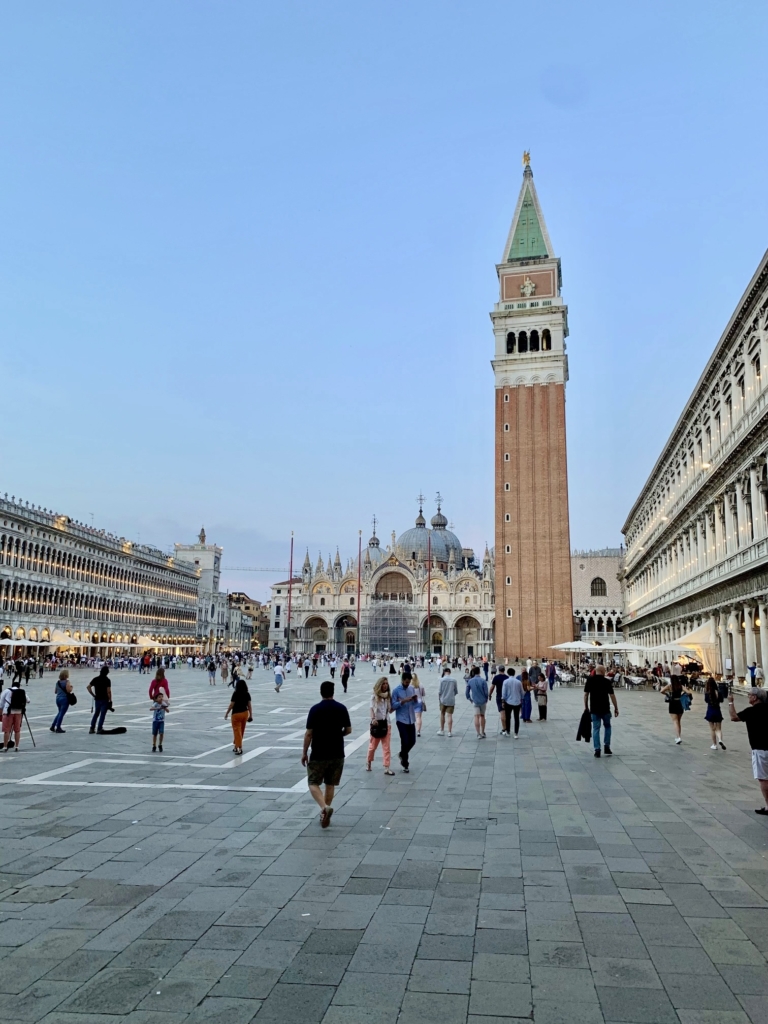
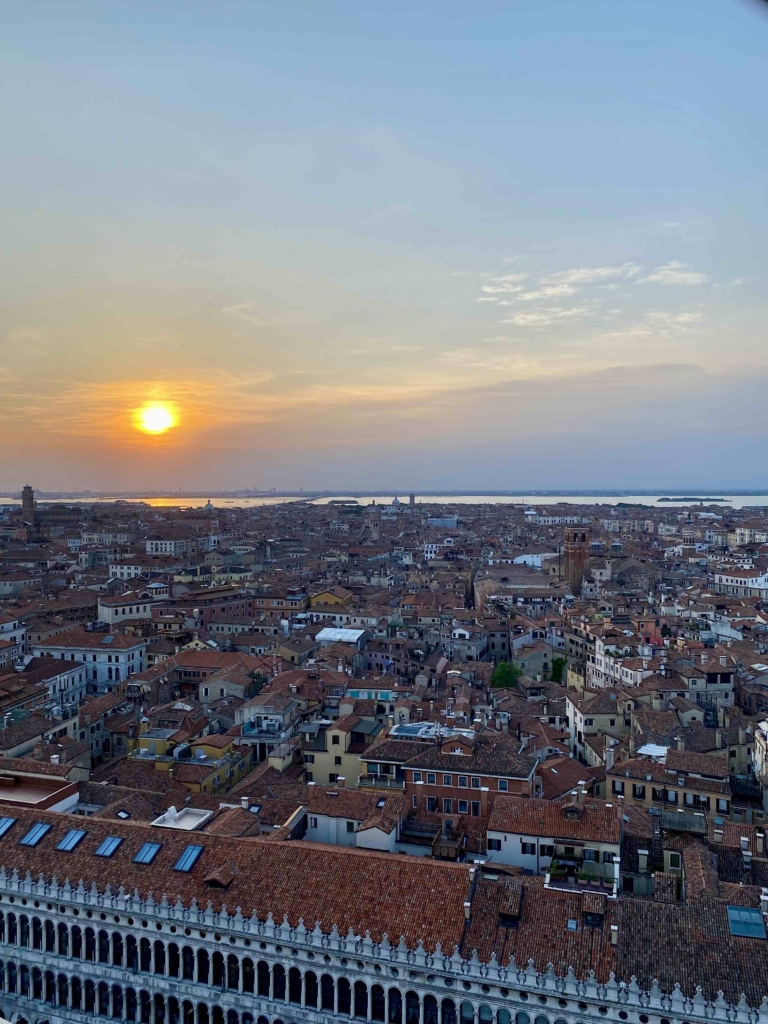
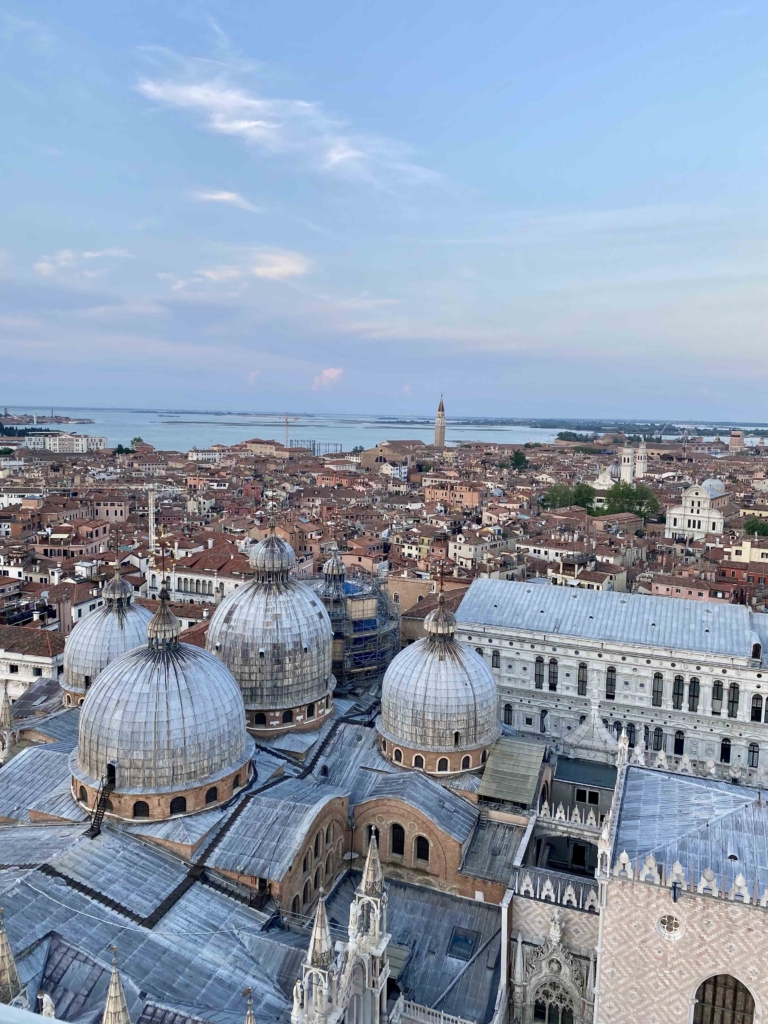
The true blessing of spending a few nights, though, is being able to experience some of the other islands. Part of the Dorsoduro sestiere, but very much unto itself, is Giudecca, a thin island worthy of a stroll for a few hours with its own set of churches and galleries. One of the main draws to this island is the Church of the Santissimo Redentore (known simply as II Redentore, meaning Redeemer) built in the 16th century to commemorate the end of a plague that killed a large portion of the Venetian population. Though the church is hailed for its Palladian architecture and its paintings, I was quite taken with some more contemporary accoutrements – recent First Communion photos on a folksy bristle board. The young faces of Stefano, Olivia, Antonio and others all smiled in images above their names. Another similar handmade board welcomed the newest members of the community through the sacrament of Baptism. It’s easy to forget in the midst of all this opulent history and tourism, the great church columns and the frescoes of Tittalion, that there is a faith-based community that lives here and calls the Redentore home.
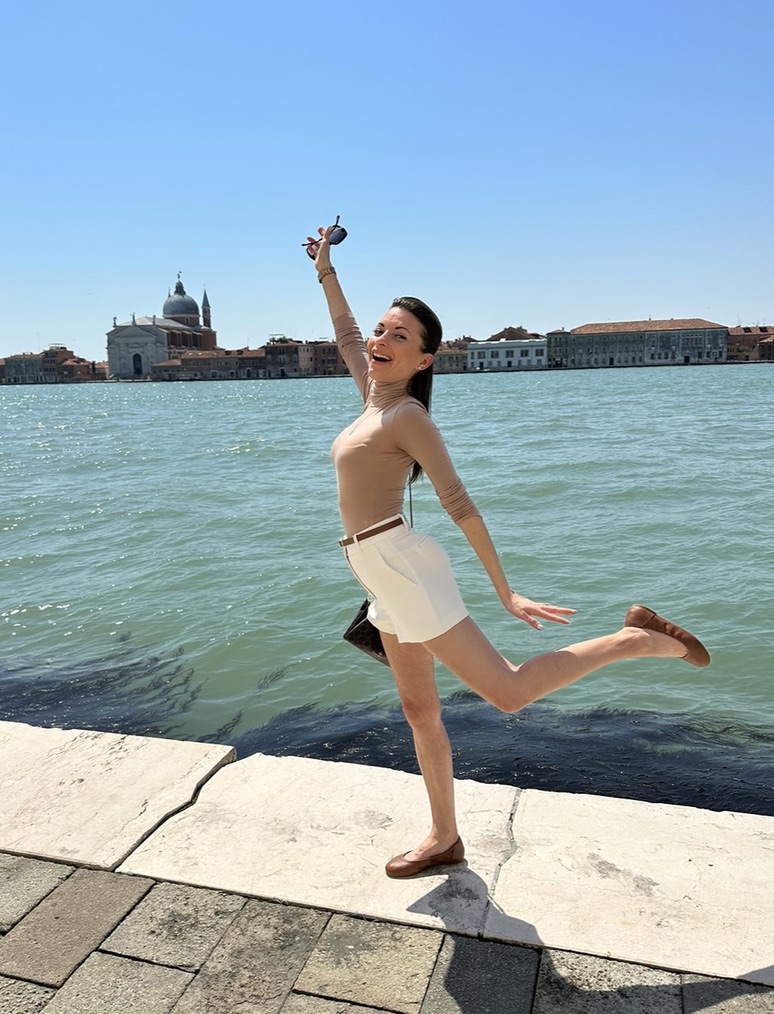
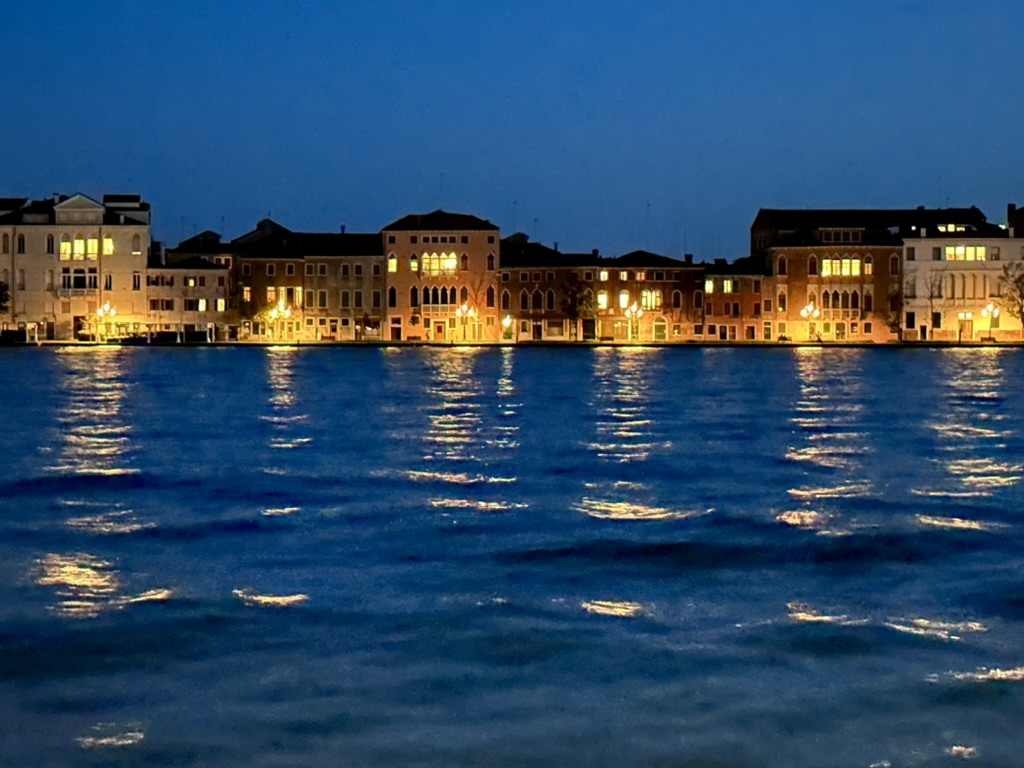
Or, take some water transport to the island of San Giorgio Maggiore for stunning view of St Mark’s square and the Doge Palace from across the water. This island is home to a 16th century Benedictine church and features an expansive grounds with some great art exhibitions that are refreshed regularly. On your journey to the island, look to the II Redentore church on the Giudecca and back a the Benedictine church to see the similar design style of the architect Andrea Palladio (the Palladian architectural style is named after him).
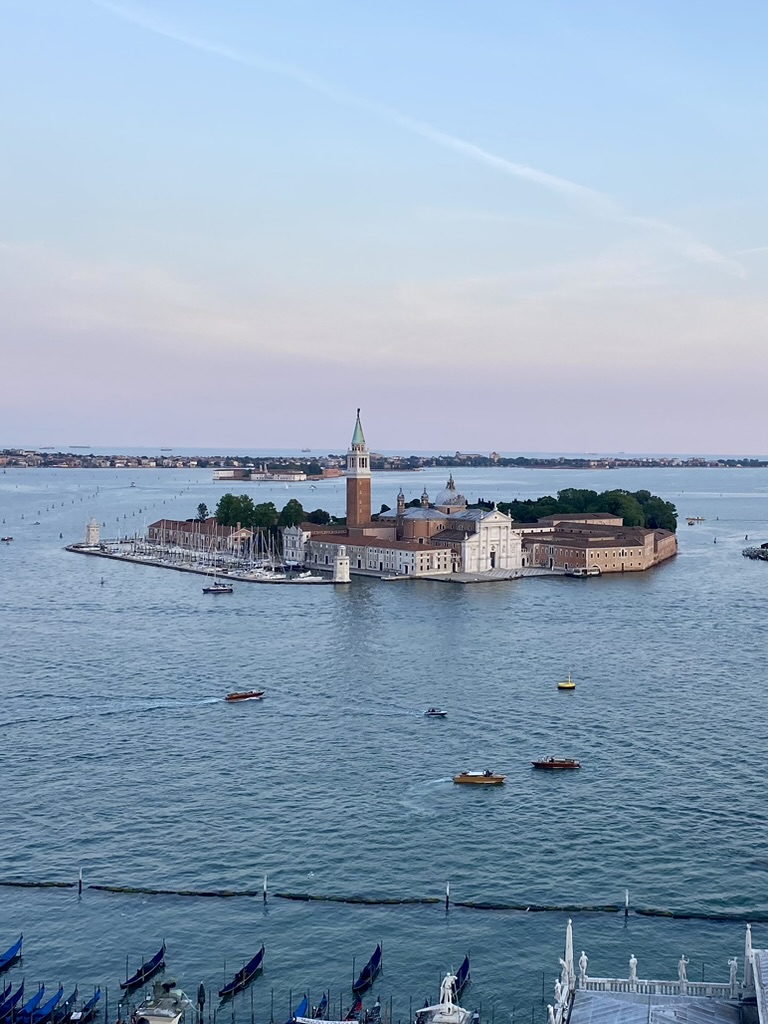
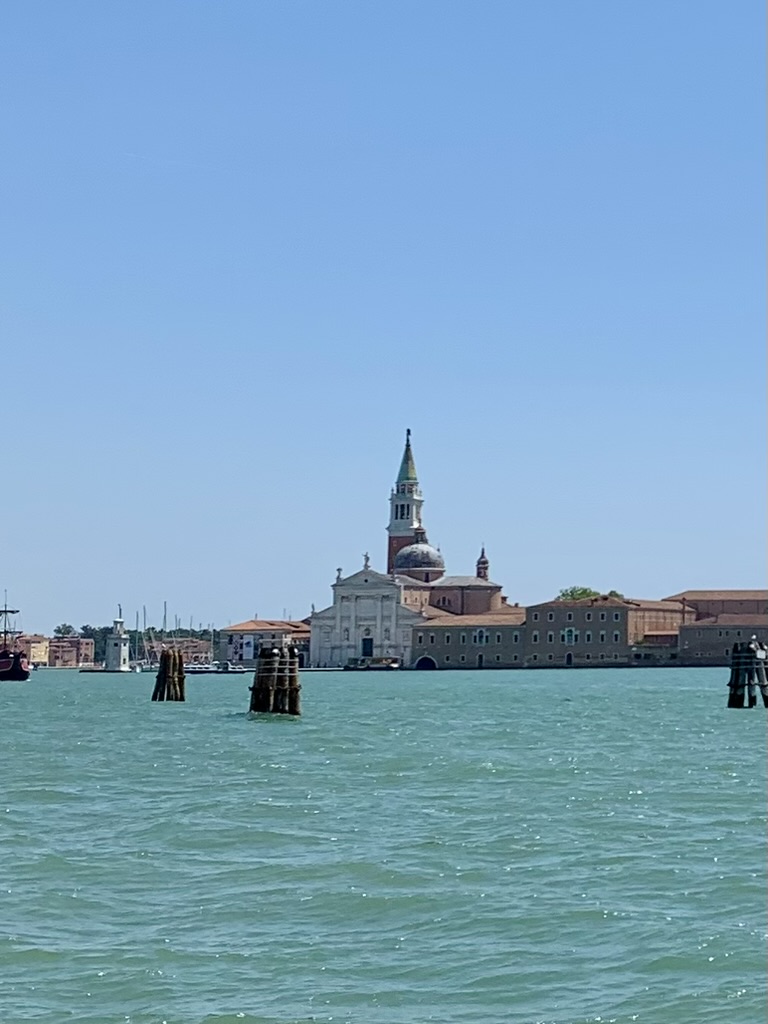
For a different side of Venice, head to the Lido. Automobile traffic is permitted on this stretch of land, and there are several stately homes for the well-to-do surrounded by lush greenery that you can view on your way to…the beach! The beaches on the Lido face the Adriatic Sea and can get very busy in the summer months. And for the cinephiles, it is on this island that the famous Venice Film Festival happens.
There really is no end to the exploring. But, I will give a last plug for a personal favourite church – Chiesa di Santa Maria Assunta detta I Gesuiti. I know, a bit of a mouthful…it is commonly referred to as just “I Gesuiti” for short. Remember, I was married in Venice, and this is the church that gave us that sacrament. The current church dates from the early 18th century and it is quite possibly the most beautiful I have ever seen. I’ve always found it gloriously large and intimately small at the same time. The marble work and paintings inside are wonderfully baroque with exquisite detail – even marble carved curtains have folds, slight wrinkles and tassels.
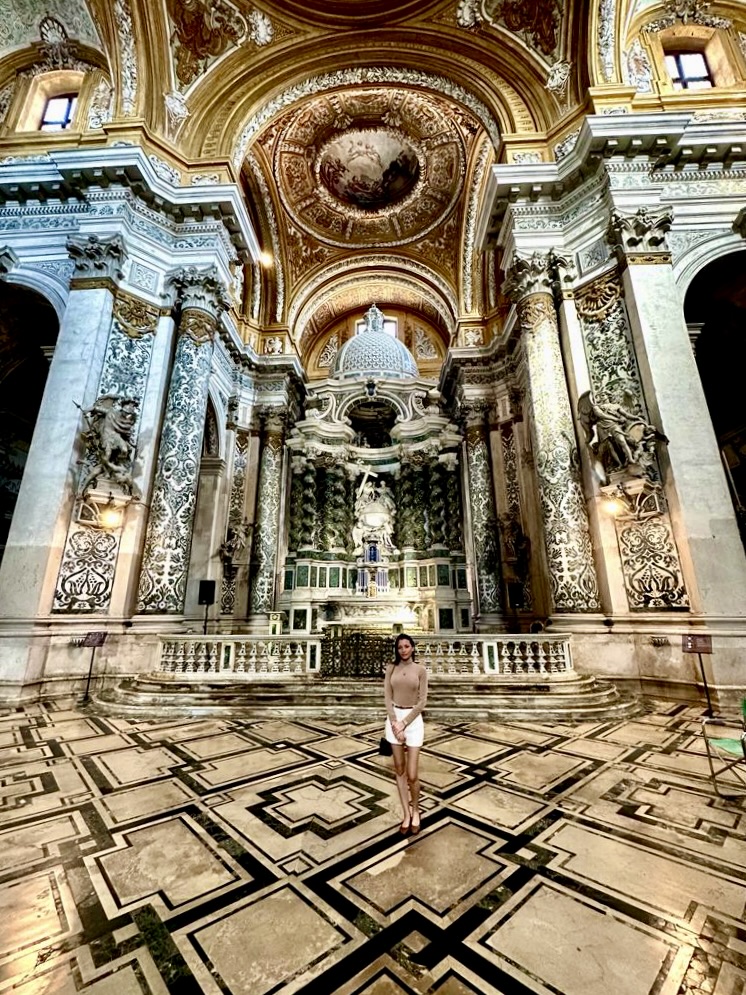
I have made no mention of the must-see museums and galleries that are aplenty. The Accademia gallery and Guggenhiem alone could use up a day. And there are the islands to the north of Venice proper, including Murano (known for glass blowing), Burano (known for colourful houses and lace), and the cemetery island of St Michael. But these treasures are outlined in any guidebook, or popular “What to do in Venice” website.
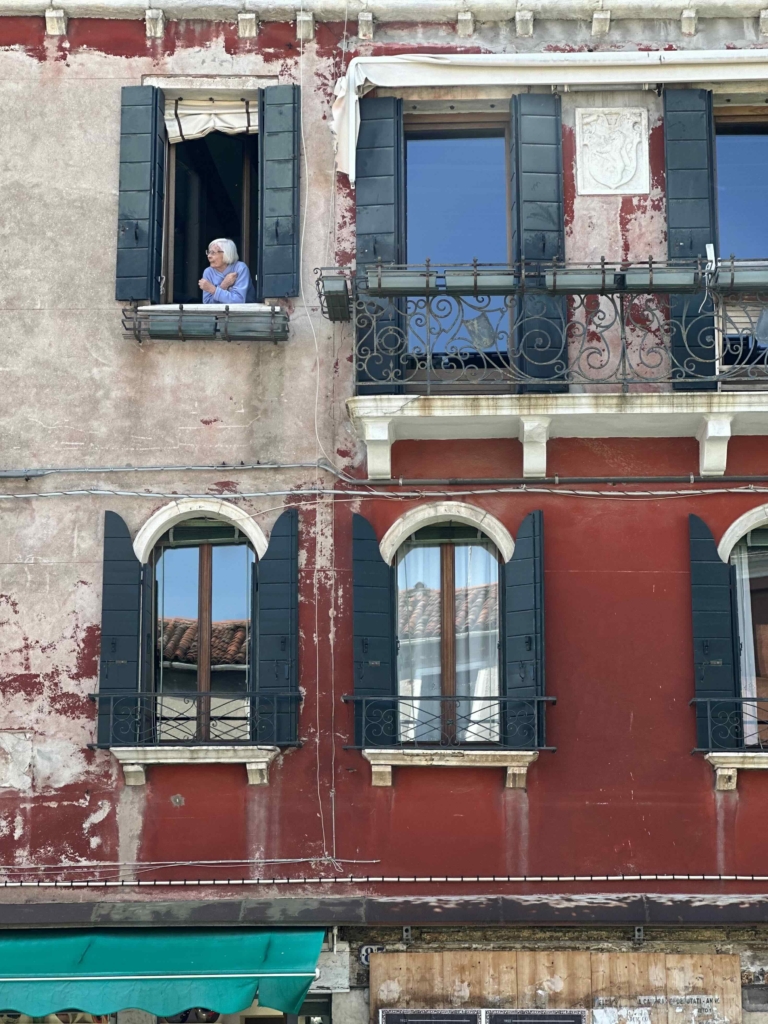

My point is to strongly suggest that Venice is not a daytrip city. You could spend a week here and not be full; but I know there is so much to see in the great country of Italy that seven whole days in one place would be impractical. Three nights, though? Absolutely! Anything else is a disservice to a glorious city that may well disappear in the near future as it is reclaimed by the waters that leased it to Venetians and the rest of the world.

